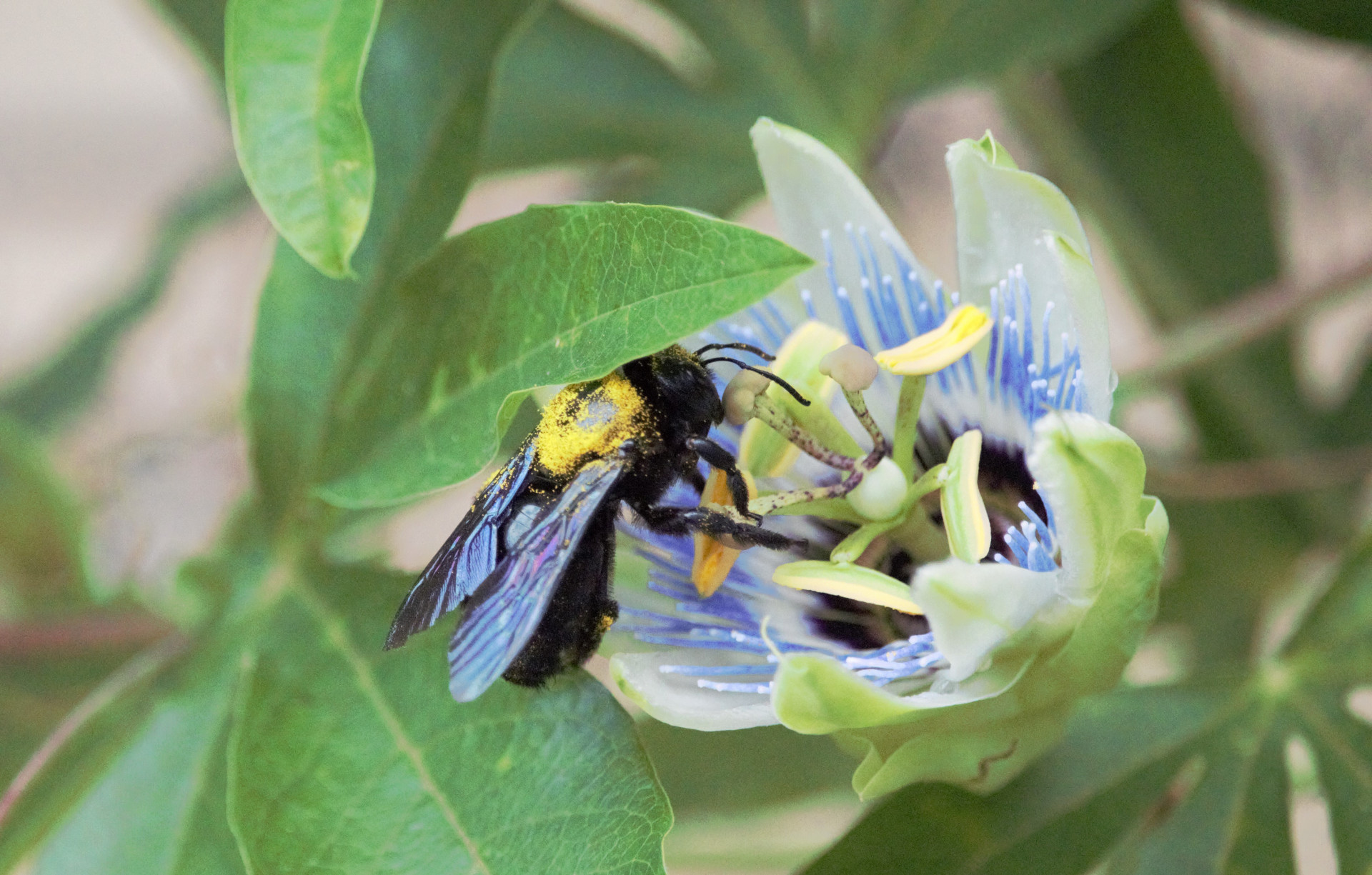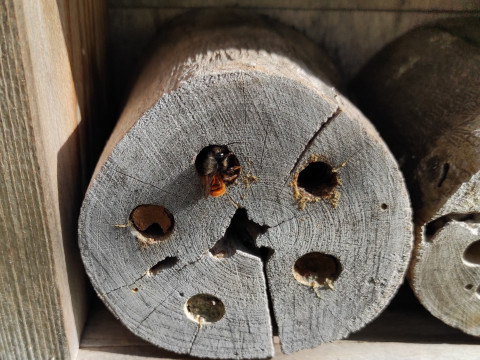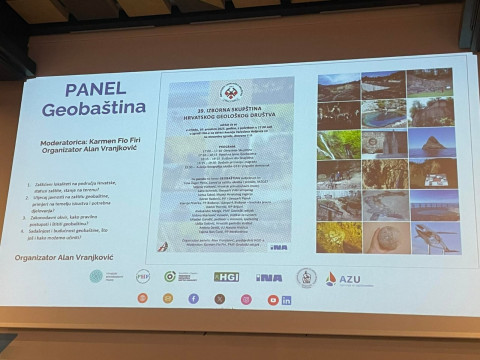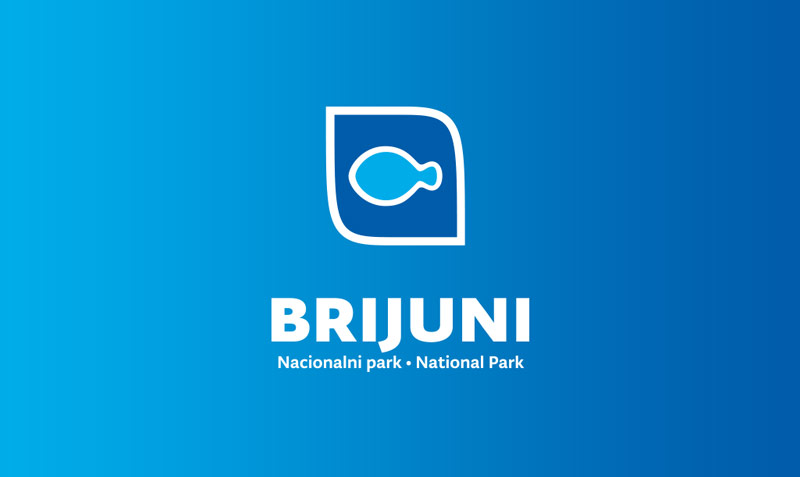Pollination by animals, i.e. the transfer of pollen from one flower to another, is a process on which around 90% of flowering plants and 75% of agricultural crops globally depend.
Globally, the most important pollinators are insects. In our climate, we have two prominent groups: bees (group Anthophila) and hoverflies (family Syrphidae). In addition to the above, other groups also contribute to pollination, especially butterflies, beetles and other flies (not only hoverflies), as well as ants and bats. The total number of insect species in the world that are estimated to participate in pollination is 22 thousand. This diversity of species of wild pollinators also means ecological diversity: they are of different sizes, body shapes, have different hairiness, are active at different times of the day (day and night pollinators) or year (spring and autumn species). This ecological diversity is necessary for the pollination of equally diverse plant communities. Pollination is a key process for the development of a plant's seed and fruit, as well as for the exchange of genetic material. The different genetic material of populations determines their ability to adapt to changes in the environment.
Pollinators have received more attention in recent years due to scientific facts about the decline of their populations. The threat of pollinators does not mean only the danger of extinction of some insect species, but this threat also has an impact on the safety of food production. One of the main threats to pollinators is climate change, which in addition to habitat loss, pesticides, pathogens and invasive alien species exert direct and indirect pressure on pollinator populations.
In NP Brijuni, due to the exceptional importance of pollinators, we try to approach landscaping differently, if you see an unmown meadow that looks messy at first glance, that meadow is actually an ideal home (habitat) for pollinators. We try not to mow in the period when there are the most pollinators so as not to remove their food source. In addition, we also apply mosaic mowing, which is a way by which we can preserve or even increase biodiversity in a certain area. The goal of mosaic mowing is to mow all areas, but not at the same time, so that one area is in bloom at all times.
In the last few years, the "No Mow May" movement has become increasingly popular worldwide, which encourages people not to mow their lawns until the end of May in order to increase the number of flowers and nectar available to pollinating insects.
Literature: Professional manual of NP Brijuni,
https://www.plantlife.org.uk/campaigns/nomowmay/,
https://crobuzz.mingor.hr/buzz.
Author: Paula Markoč
Author of the photo: Andrea Blašković
 Parks of Croatia
Parks of Croatia
 EU projects
EU projects English
English





































